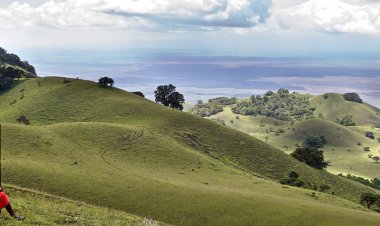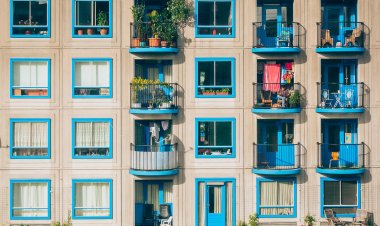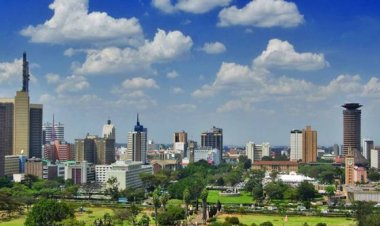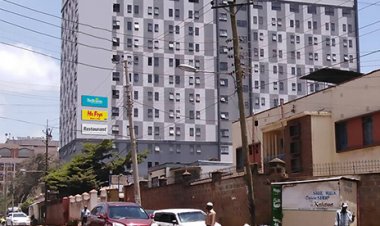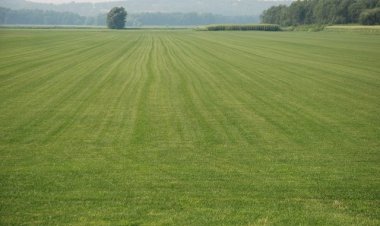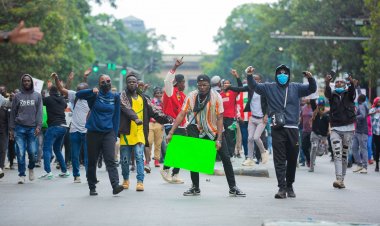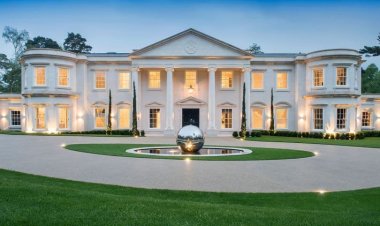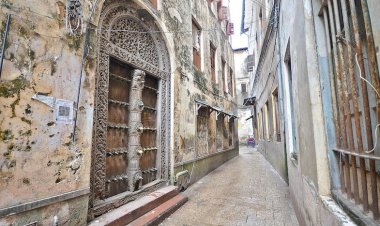Kenya's Old Attractive Buildings
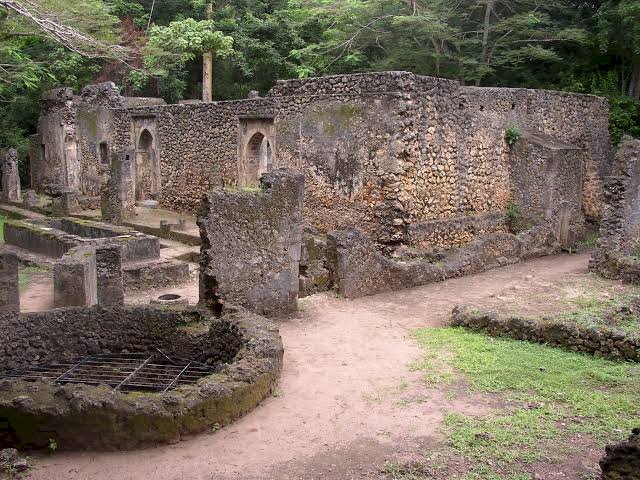
KICC
Kenyatta International Convention Centre (KICC), formerly the Kenyatta International Conference Centre, is a 28-story building located in Nairobi, Kenya. The KICC is located in the City Square of Nairobi, and is a crucial address for a number of Government offices, including those of recently elected Senators. It is an internationally renowned venue for conferences, meetings, exhibitions and special events within walking distance of several five star hotels. During its four-and-a-half-decade history it has been the host of several international conferences, seminars, exhibitions and summits.
KAREN MUSEUM
Karen Blixen Museum, located 10 km outside of Nairobi, Kenya, "at the foot of the Ngong Hills",is the former African home of Danish author Karen Blixen, famous for her 1937 book Out of Africa which chronicles life at the estate
FORT JESUS
Fort Jesus is a fort located on Mombasa Island. Designed by Italian Giovanni Battista Cairati. It was built between 1593 and 1596, by order of King Philip of Portugal, to guard the Old Port of Mombasa. It was the only fort maintained by the Portuguese on the Swahili coast, and is recognised as a testament to the first successful attempt by a Western power to establish influence over the Indian Ocean trade.The fort was built in the shape of a man and is roughly square, with four bulwarks at its corners. The fort is considered a masterpiece of late Renaissance military fortification.
Through the several capture and raptures that took place between 1631, it fell under British rule and was converted into a prison. After the Portuguese recaptured it from the Sultan in 1632, they refurbished it and built more fortifications, subsequently making it harder for the fort to fall.The fort fell under local rule from 1741 to 1837, when it was again captured by the Omanis and used as a barracks, before its occupation by the British in 1895, after the declaration of the Protectorate of Kenya. In 1958,Fort Jesus was declared a national park and in 2011, it was declared a World Heritage Site.
THE RUINS OF GEDI
The ruins of Gedi(Jumba la Mtwana) are a historical and archaeological site near the Indian Ocean coast of eastern Kenya. The site is adjacent to the town of Gedi in the Kilifi District and within the Arabuko-Sokoke Forest. It was referred as Jumba la Mtwana means ‘Big House of Slaves’ and locals believe the town was an important slave port in the 14th or 15th century. The fort is Mombasa's most visited tourist attraction.
The site of Gedi includes a walled town and its outlying area. All of the standing buildings at Gedi, which include mosques, a palace, and numerous houses, are made from stone, are one-story, and are distributed unevenly in the town. There are also large open areas in the settlement which contained earth and thatch houses. Stone "pillar tombs" are a distinctive kind of Swahili Coast architecture found at Gedi as well.
Its coastal location and association with similar sites along the Swahili Coast made it an important trade center. Gedi's architecture and an abundance of imported material culture including pottery, beads, and coins provide evidence of the city's rising prosperity over the course of its occupation from as early as the eleventh century to its abandonment in the early seventeenth century.








